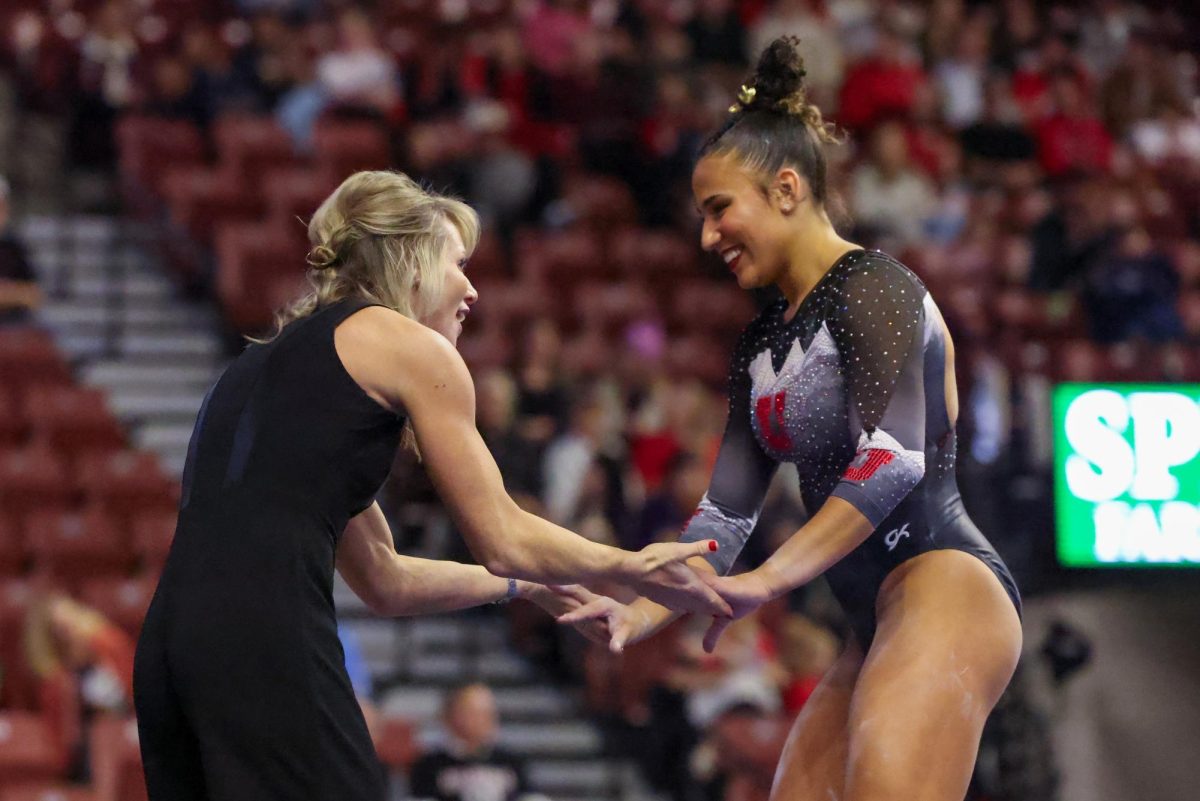The Mascot for the 2024 Summer Olympics is Not What You Think
March 11, 2023
The board of the Paris 2024 Summer Olympics and Paralympics have finally announced their mascots for the upcoming games, and needless to say, people’s initial reaction could be summed up in one word — “quoi?” At a first glance, these googly-eyed characters, lovingly named “The Phryges,” appear to be some sort of sea animals or maybe little mythical creatures created for the Olympics. After a quick skimming of the Paris 2024 official website, however, it turns out that the Phryges are actually based on the Phrygian cap worn by French revolutionaries and even Marianne, the French national symbol of freedom.
The History
On the Paris 2024 Olympics website, there are blurbs about the Phrygian cap’s history and why it was chosen to be the official mascot for both the Olympic and Paralympic Games. The caps have been seen both in artistic renditions of the construction of the Notre-Dame cathedral in 1163, as well as photos of French athletes participating in the Olympic games in 1924. Between the cap’s use in stamps, statues and even national school curriculums, it’s clear that this mascot has deep ties to France’s culture and, despite its outwardly cartoon-y appearance, it garners a lot of respect from the French population.
How It Compares
There is a common theme throughout the mascots of past Olympics, and most of them seem to be national or highly symbolic animals. In 1980, the Moscow Olympics had a brown bear, the Soviet Union’s national symbol, as their mascot. In 2000, the Sydney Olympics had three mascots: Olly the Kookaburra, Syd the Platypus and Millie the Echidna. All three mascots held significance not only to the host country but also to the games and the honor associated with them. The 2002 Olympics in Salt Lake City also had three mascots, all of which were animals indigenous to Utah with names related to important resources found across our state. Powder the snowshoe hare represented Utah’s booming skiing economy, Copper the coyote represented the copper mines in South Jordan and Coal the American black bear represented the coal mines in Southern Utah.
In terms of non-animal mascots, these are fewer and far-between compared to the animals, but the Phryges are definitely not the first. The 2004 Athens Olympics featured two children, Athena and Phevos, as their mascots that were reminiscent of ancient Greek dolls, and the 2006 Turin Olympics personified a snowball and an ice cube to represent “softness, friendship and elegance” as well as “enthusiasm and joy,” respectively.
As much as I wish I could say that the Phryges are the strangest Olympic mascots I’ve seen, the 2012 London Olympics takes the cake. Their mascots, named Wenlock and Mandeville after the villages Much Wenlock and Stoke Mandeville, are drops of steel with cameras as eyes that represent the Industrial Revolution in the UK.
Final Thoughts
It’s incredibly refreshing to see a mascot that includes a prosthetic leg to represent those with disabilities participating in the Paralympic Games. A brief scroll through the International Paralympic Committee’s website reveals that while many of the mascots change design slightly for the Paralympic Games, the Phryge might be the first ever Paralympic mascot with a visible disability. That kind of representation may seem insignificant, but it feels odd that it’s never been done before. At the end of the day, the Phryges are fairly well-designed and will make excellent marketable plushies while also carrying a lot of history for the host country.









SHamilton • Mar 13, 2023 at 10:21 am
BRAVO!